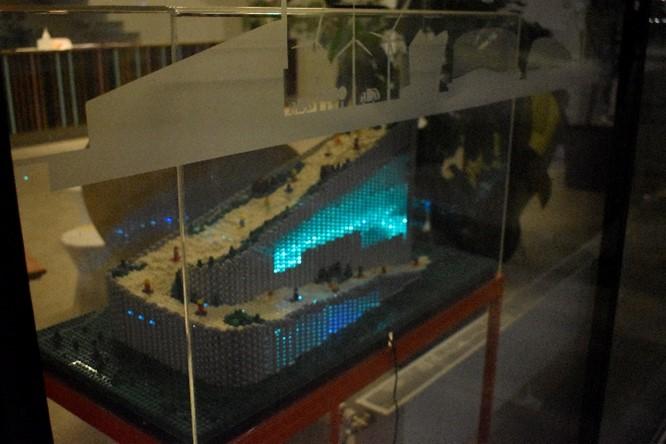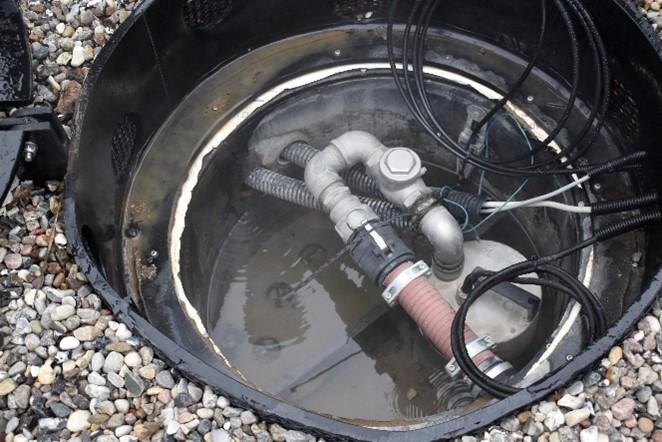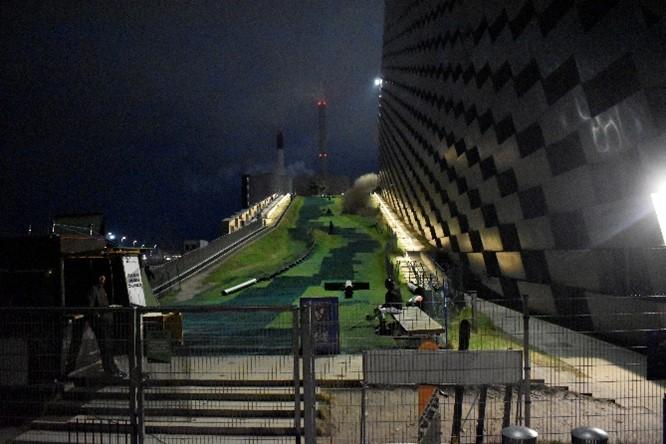Making connections: How we can learn from Denmark’s heat network progress
Our assistant director Davide Natuzzi travelled to Copenhagen to gain a greater understanding of how the country controls its power
Heat networks are a key part of the discussion when we talk about how we deliver energy to our buildings.
The networks are used to distribute heat or cooling from a main source and then deliver it to buildings like our shops, businesses, hospitals and other sites.
If the networks can supply multiple buildings, it can avoid the need for boilers or electric heaters in every building. There are more than 14,000 heat networks in the UK.
At Salix we have seen heat networks operating successfully for Public Sector Decarbonisation Scheme projects led by King's College Hospital NHS Foundation Trust and Leeds Teaching Hospitals NHS Trust.
For us, at Salix, there’s always more scope for learning.
Therefore, when we were invited alongside other UK stakeholders, to Denmark to explore the Danish heat network landscape and learn from their extensive expertise, we could not wait to attend.
The visit followed an event hosted at the Danish Embassy last year when Davide Natuzzi talked about funding opportunities for university related to heat network solutions.
Sharing our expertise and learning from others is pivotal to how we move forward on net zero and address the issues of climate change.
The recent delegation included representatives from the UK local authorities, the Department for Energy Security and Net Zero, the Scottish Government, private sector organisations in the UK, and Danish-based companies.

Amager Resource Center (ARC) - the state-of-the-art energy-from-waste plant in Copenhagen, known for its ski slope roof and proximity to residential areas
Photo credit: Salix Finance
The Danish Heat Network Approach
The first part of the fact-finding tour focused on how the Danish government has developed its heat network strategy since the early 20th century, evolving with technological advancements and political shifts. Key takeaways included:
- The initial heat assessment by municipalities to determine feasibility and identify the most suitable heat supply solutions.
- The evolution of heat plans based on regional needs, infrastructure, and energy policies.
- The importance of flexibility in heat systems to respond to fluctuating energy costs and sources.
During the two-day fact-finding mission, the delegation visited heat network sites as well as joining a workshop. Key takeaways included:
- Ambitious carbon reduction targets: Denmark aims for a 110% CO₂ reduction using carbon capture technology.
- Reducing reliance on biomass: Due to dependency on external sources, Denmark is working to diversify energy inputs.
- Cost stability: Heat networks provide more stable energy costs compared to heat pumps or gas boilers.
- No obligation to connect to heat network: Private consumers are not required to connect to the heat network but still must cover connection costs if they opt out.
- Regulatory focus: Danish policy now compares heat networks with heat pumps in the approval process, while gas is not considered in the appraisal.
- Municipality-led heat strategies: Heat planning is decentralised, with each municipality responsible for its heat strategy.
- Diverse energy sources: Heat networks use wood chips, wood pellets, and oil to maintain system flexibility, with oil and gas making up only 1% of supply.
- Integration of heat storage: Large-scale heat storage plays a crucial role in balancing supply and demand.
- Fabric-first approach differs: In contrast to the UK, building insulation improvements and heat network development happen simultaneously rather than prioritising insulation first.
- Tariff structures: diverse tariff model, with 20% fixed and 80% variable tariffs, including an incentive-based tariff.
- Balancing renewables and cost: With 50% renewable energy, heat network can achieve 94% total heat supply, demonstrating that pursuing 100% renewable heat is not always cost-effective.

Høje Taastrup Heat Storage Facility - an underground heat storage system, built with EU funding, featuring a floating seal to maintain high water temperatures.
Photo credit: Salix Finance
The site visits provided valuable insights into specific technologies. Among them, two were particularly significant. We have pictured these.
- Amager Resource Center (ARC) – A state-of-the-art energy-from-waste plant in Copenhagen, known for its ski slope roof and proximity to residential areas, showcasing an innovative approach to urban energy infrastructure.
- Høje Taastrup Heat Storage Facility – A groundbreaking underground heat storage system, built with EU funding, featuring a floating seal to maintain high water temperatures. This facility integrates with the main heat network and enhances overall system efficiency by collecting heat when it is cheap and delivering heat when is expensive.
The visit provided valuable insights into Denmark’s well-established heat network infrastructure, reinforcing the importance of strategic planning, flexibility, and cost-effective solutions.
Heat networks are important to making net zero a reality in the UK. In high density urban areas, they are often the lowest cost, low carbon heating option because they can capture heat locally.
At Salix we believe it is fundamental to share learnings because we think this will be crucial for shaping future UK heat network policies and projects.
The Denmark mission was important to provide information on small-scale systems as well as citywide networks. It helped Davide gain a real insight into future planning and developing new heat network zones as well as converting existing buildings on gas to heat networks as well as working towards lower temperature networks.

Amager Resource Center (ARC) - the state-of-the-art energy-from-waste plant in Copenhagen, known for its ski slope roof and proximity to residential areas
Photo credit: Salix Finance
Thank you to our hosts from the Danish Embassy in London.


